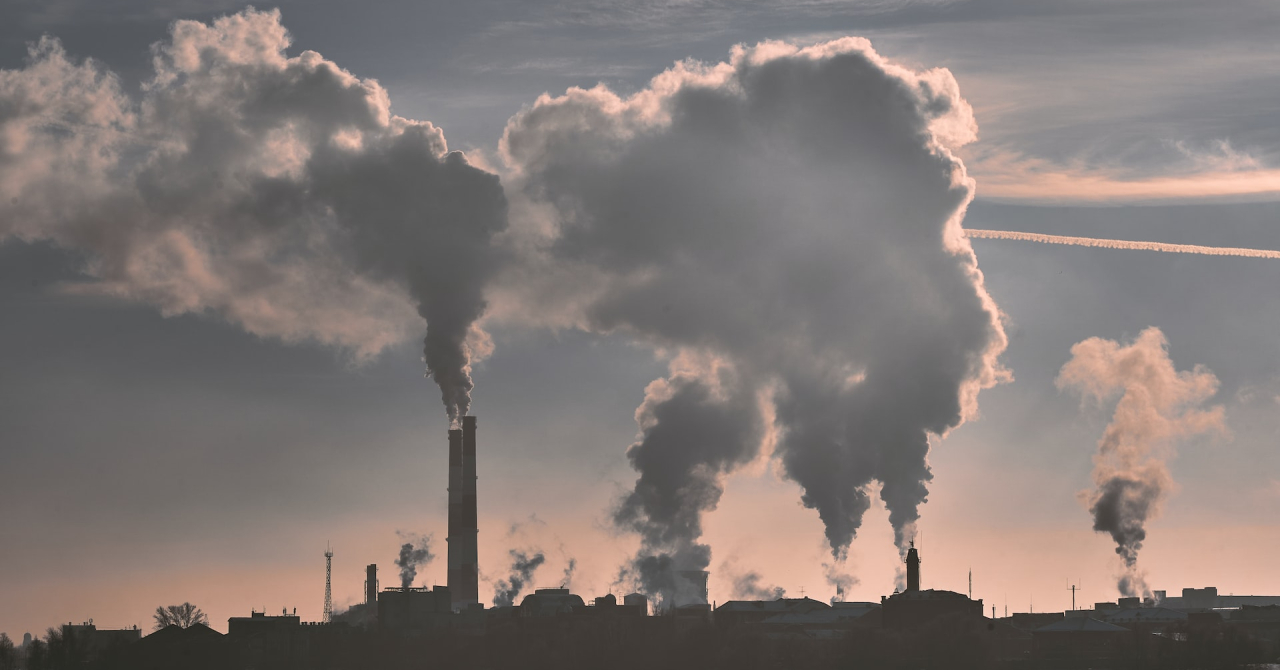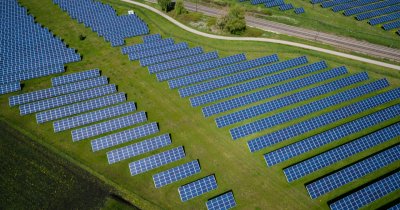Phys.org writes that, accordingly, only 0.001% of the world's population lives in areas that are considered safe by experts to live in when it comes to pollution.
Daily exposure to fine particulate matter pollution has dropped in Europe and North America up until 2019, but in southeastern Asia, Australia and Latin America, the population is exposed to dangerous levels of air pollution during 70% of the days.
Professor Yuming Guo's team, which conducted the study, used a number of technologies to determine pollution levels, such as traditional air quality monitoring devices, satellite-based meteorological and air pollution observatories and machine learning methods.
Together, these techniques helped the scientists accurately determine how much pollution each area of the planet is exposed to every single day.
He said that "in this study, we used an innovative machine learning approach to integrate multiple meteorological and geological information to estimate the global surface-level daily PM2.5 concentrations at a high spatial resolution of approximately 10km ×10km for global grid cells in 2000-2019, focusing on areas above 15 μg/m3, which is considered the safe limit by WHO."
Regions in southeastern Asia saw 90% of the days having exposure to pollution concentrations higher than 15 μg/m3 and globally, annual average exposure to fine particulate matter pollution between 2000 and 2019 was 32.8 µg/m3.
Professor Guo added that the study "provides a deep understanding of the current state of outdoor air pollution and its impacts on human health. With this information, policymakers, public health officials, and researchers can better assess the short-term and long-term health effects of air pollution and develop air pollution mitigation strategies."
 Mihai - Cristian Ioniță
Mihai - Cristian Ioniță












Any thoughts?